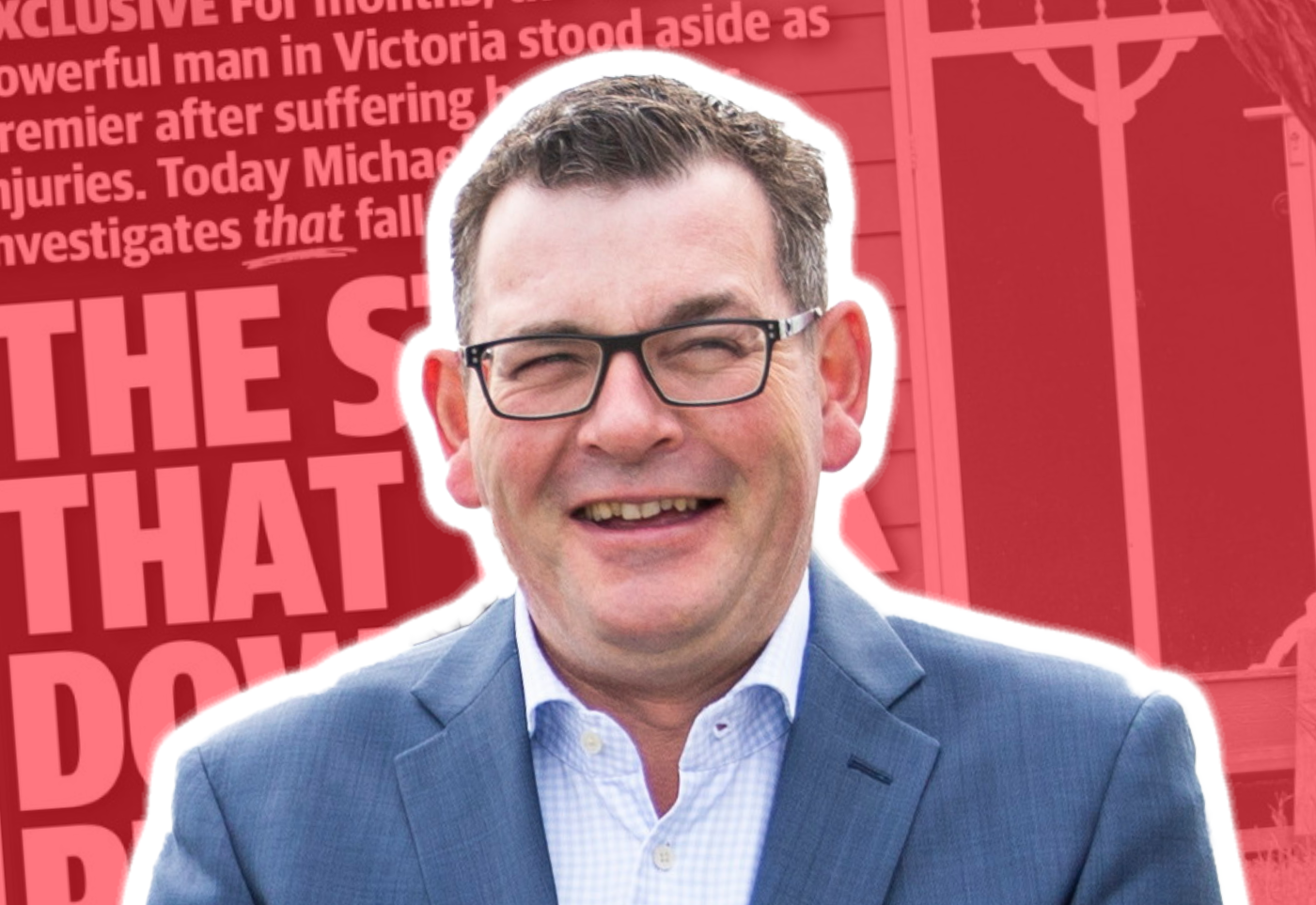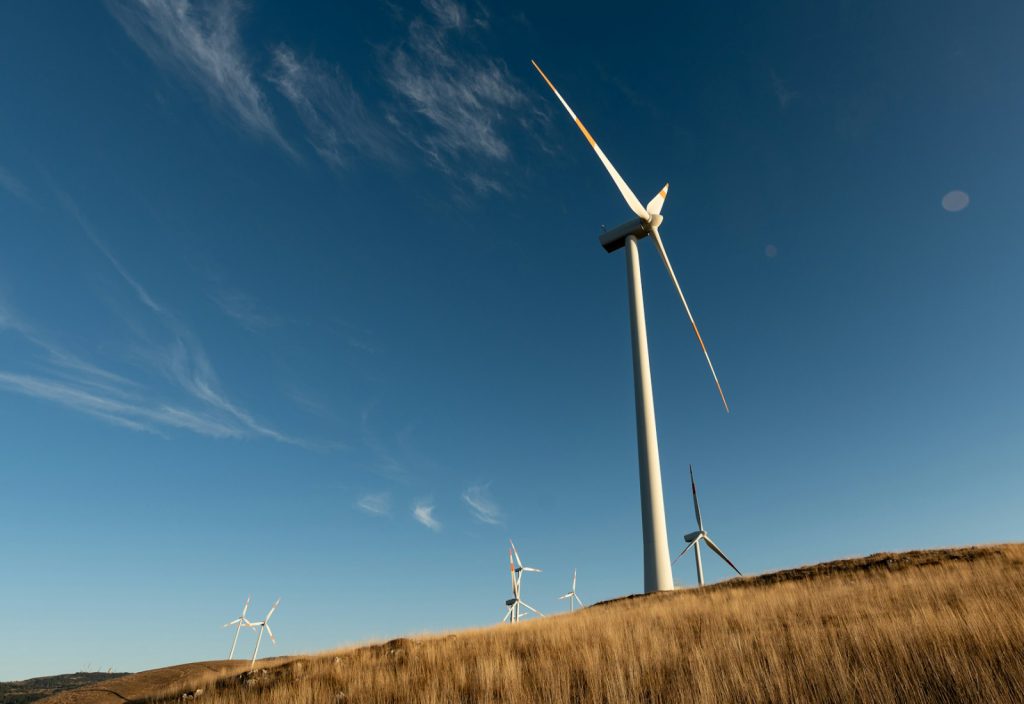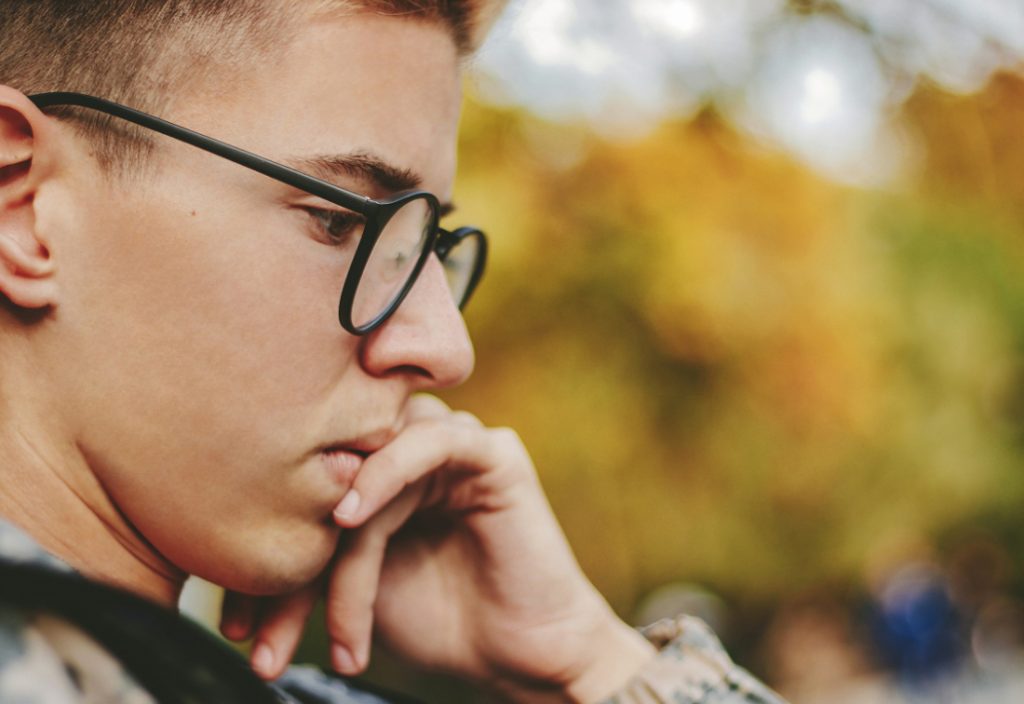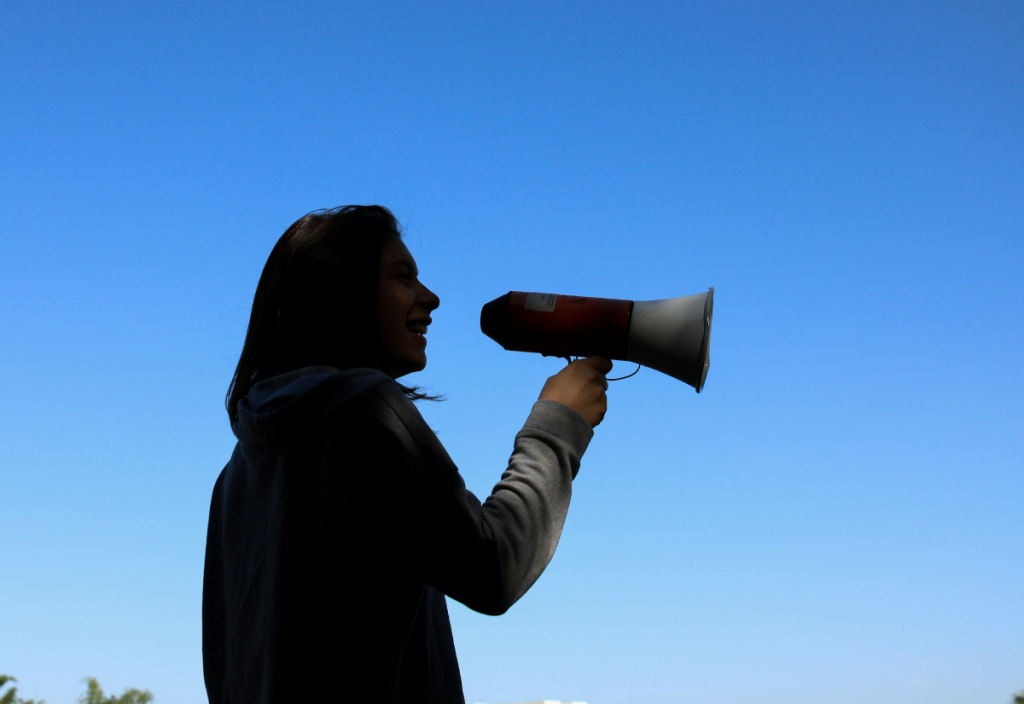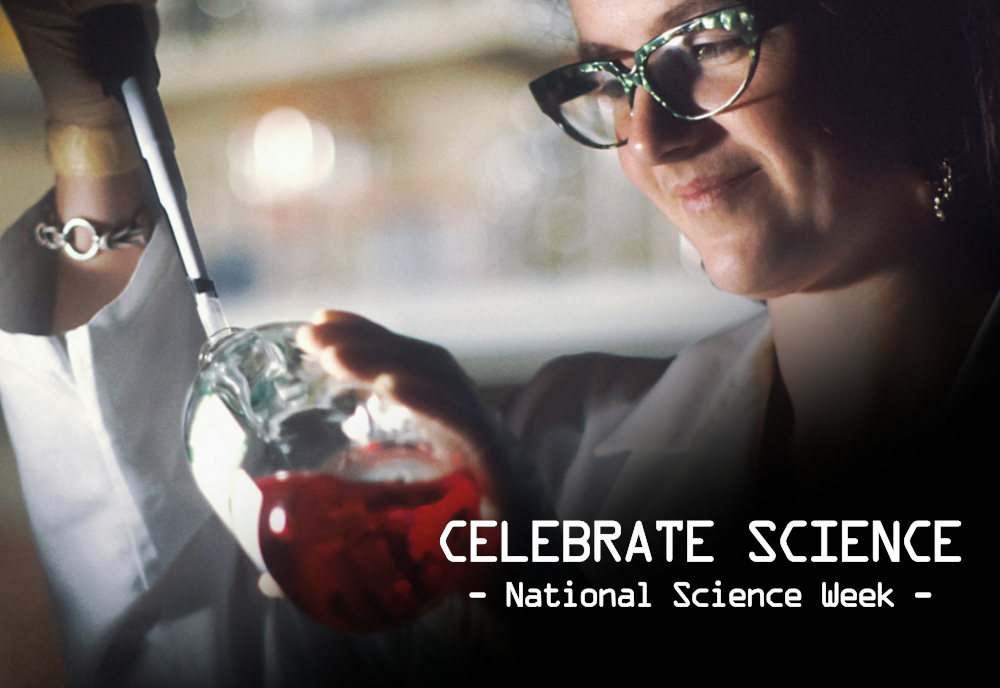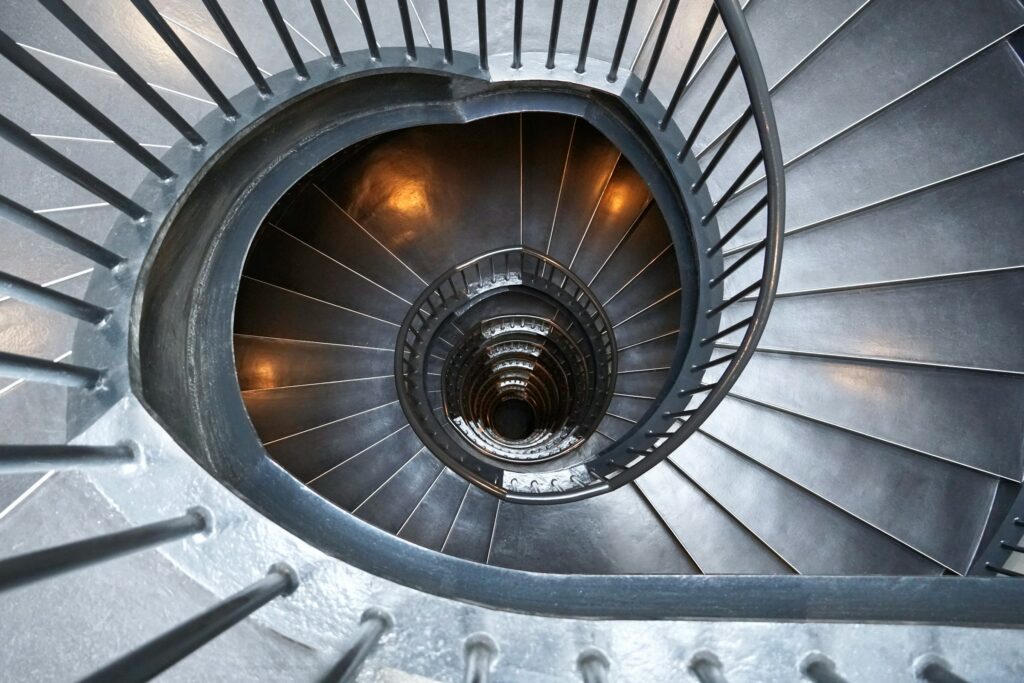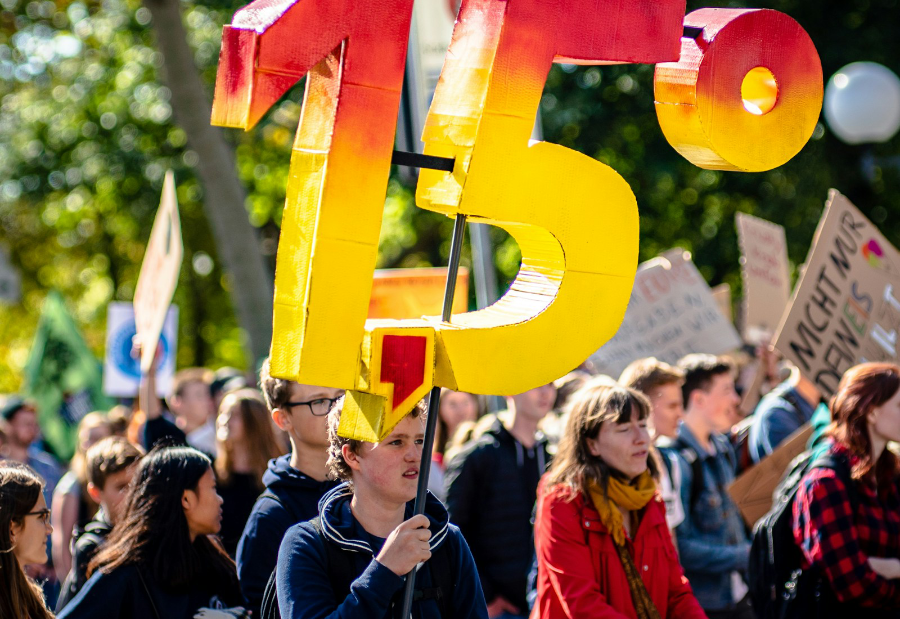While we worry about social media misinformation we overlook that one of the main sources of misinformation about politics is mainstream media. Take the recent federal election and the Victorian election.
The media consensus about the first was initially on ‘gotcha’ moments, and then it moved on to whether the ‘miracle marketer’ would pull it off again against a Labor leader allegedly fatally damaged by gaffes.
The second was about how close the Victorian election was and how Andrews was damaged goods – particularly according to the Herald Sun and the rest of the Murdoch media. On election night, Peta Credlin was still attacking the Premier and urging the Liberals to get back to focusing on its base.
Given all this, it seems remarkable that no one in the media is giving a lot of attention to the fact that Andrews looks like ending up with one more seat than Labor won in the so-called ‘Dan-slide’ previous election.
Another media consensus was about the performance of the Greens, the ‘teals’ and other independents. The media can be partly forgiven when it comes to covering the Greens because most of the claims about ‘Green-slides’ come from the mouths of their spokespeople. Although nobody seems to ask the obvious question: “You keep saying that, so why does it keep not happening?”
But the teals question is much more interesting, and the biggest factor in their success was obvious on election night. Yes, they did mobilise women outraged by Morrison’s misogyny, and others motivated by climate inaction. But, until the latest Australian Election Study by the ANU and Griffith University, the biggest factor wasn’t mentioned in mainstream media until after the study’s publication.
Looking at voting totals as the count unfolded, one of the obvious things was how low the Labor and Greens votes were in the federal seats that teals were contesting. In at least one seat on the night – Kooyong – Labor was polling at about 14 per cent of first preference votes at one point. Other seats were seeing the same thing. Likewise, the Greens vote was down as well in these seats.
Now this in no way detracts from the great – and very well-resourced campaigns – the teals ran. The calibre and gender of the teals candidates was also a major factor, particularly when pitted against faceless men in identikit blue suits pre-selected by a combination of old white males and strange Christian sects.
… it seems remarkable that no one in the media is giving a lot of attention to the fact that Andrews looks like ending up with one more seat than Labor won in the so-called ‘Dan-slide’ previous election.
But the ANU-Griffith analysis confirms what election night was showing and the media was largely ignoring. The study shows that 31 per cent of teal voters had voted Labor in 2019 and 24 per cent had supported the Greens. In simple terms, these voters recognised that their usually favoured party couldn’t win, so they switched their vote to someone who could.
None of this, of course, detracts from the reality that major party primary vote share is declining overall and that major parties are often on the nose in specific seats for specific reasons – as was Kristina Kenneally in Fowler. Of course, looking back on Kenneally’s electoral history, you’ll notice a lot of losing. She lost more than half her party’s seats at a single wipe-out election as New South Wales Premier; then lost a by-election in Bennelong; then got parachuted into the Senate without facing an election; then failed to win support from her party for a prime Senate ticket spot; and was then parachuted into an apparently unlosable Labor seat – only to lose it to an independent Dai Le.
The local factor – and some tactical voting – played a part, compounded by the Labor mistake of parachuting an outsider into a seat over the top of a local, who also happened to be Vietnamese and who would have won the pre-selection and probably the election itself.
NSW Labor head office has done many odd, nefarious and other things over the decades. But failing to think about ABS demographic data on voter ethnic origins in the Fowler electorate is well up with the worst of them.
All in all, voters aren’t suddenly getting bolshie and unpredictable; they’re just getting smart – and probably smarter than most of the Press Gallery and pundits. And, as long as we live with a system of preferential voting, much of the speculation about falling major party primary vote is significant but not necessarily decisive.
As my late friend Peter Ross-Edwards asked when we were discussing who to vote for in the Albert Park seat in a state election: “But who’s your second preference?”
Ross-Edwards, of course, was first elected in the regional seat of Shepperton on a campaign for second preferences. Walking into a pub during the campaign, he was greeted by cries of, “Here’s Mr Number 2”. He won that election and went on to hold the seat until he retired.
This article was originally published on the author’s personal blog here.
Image: Screehgrab of Herald Sun front cover; Department of Defence/Commonwealth of Australia.

